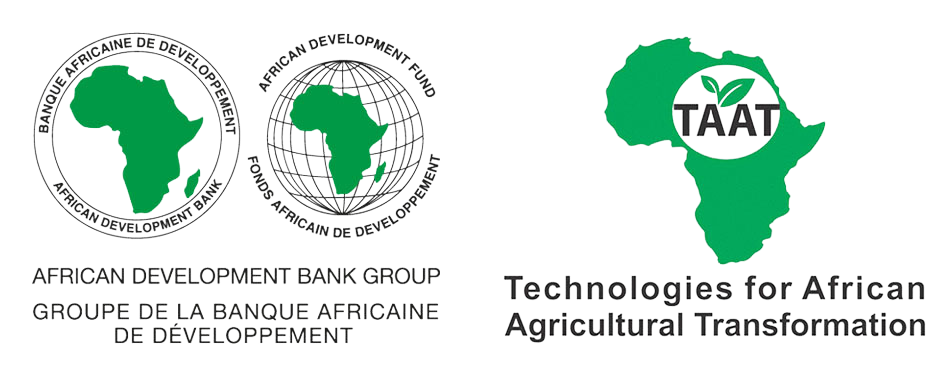

Efficient Threshing for Productive Farms
Mechanized threshers are portable machines with a feed chute, internal spinning drum, and blower. They efficiently separate seeds from crop residues. These machines are powered by small petrol engines and can process seeds and grain much faster than traditional methods.
This technology is TAAT1 validated.
Adults 18 and over: Positive high
The poor: Positive low
Under 18: Positive medium
Women: Positive high
Climate adaptability: Highly adaptable
Farmer climate change readiness: Significant improvement
Biodiversity: Harms biodiversity
Carbon footprint: More carbon released
Environmental health: Not verified
Mechanized Threshers Reduce Labor-Intensive Threshing: Mechanized threshers replace manual labor, reducing physical strain and labor intensity. They also free up time for more productive tasks, providing opportunities for women and youth.
Efficient Seed Separation with Mechanized Threshers: Mechanized threshers efficiently separate seeds from crop residues, ensuring high-quality seeds. This enhances seed quality, increases market value, and improves overall productivity.
Rapid Processing for Time Efficiency: Mechanized threshing is much faster than manual methods, saving valuable time during harvest. This boosts overall productivity, allows focus on critical tasks, and potentially increases economic returns.
In the near future, this section will provide an overview of this technology's success in various contexts, details on partners offering technical support, training, and implementation monitoring, along with other valuable insights for your projects and programs. These details will be added progressively.
In the meantime, use the 'Request information' button if you need to contact us.
Threshing cost reduced
Maize processing
No formal IP rights
Scaling Readiness describes how complete a technology’s development is and its ability to be scaled. It produces a score that measures a technology’s readiness along two axes: the level of maturity of the idea itself, and the level to which the technology has been used so far.
Each axis goes from 0 to 9 where 9 is the “ready-to-scale” status. For each technology profile in the e-catalogs we have documented the scaling readiness status from evidence given by the technology providers. The e-catalogs only showcase technologies for which the scaling readiness score is at least 8 for maturity of the idea and 7 for the level of use.
The graph below represents visually the scaling readiness status for this technology, you can see the label of each level by hovering your mouse cursor on the number.
Read more about scaling readiness ›
Uncontrolled environment: tested
Used by some intended users, in the real world
| Maturity of the idea | Level of use | |||||||||
| 9 | ||||||||||
| 8 | ||||||||||
| 7 | ||||||||||
| 6 | ||||||||||
| 5 | ||||||||||
| 4 | ||||||||||
| 3 | ||||||||||
| 2 | ||||||||||
| 1 | ||||||||||
| 1 | 2 | 3 | 4 | 5 | 6 | 7 | 8 | 9 | ||
| Country | Testing ongoing | Tested | Adopted |
|---|---|---|---|
| Benin | –No ongoing testing | –Not tested | Adopted |
| Burundi | –No ongoing testing | –Not tested | Adopted |
| Cameroon | –No ongoing testing | –Not tested | Adopted |
| Central African Republic | –No ongoing testing | –Not tested | Adopted |
| Côte d’Ivoire | –No ongoing testing | –Not tested | Adopted |
| Democratic Republic of the Congo | –No ongoing testing | –Not tested | Adopted |
| Ethiopia | –No ongoing testing | –Not tested | Adopted |
| Kenya | –No ongoing testing | –Not tested | Adopted |
| Malawi | –No ongoing testing | –Not tested | Adopted |
| Nigeria | –No ongoing testing | –Not tested | Adopted |
| Rwanda | –No ongoing testing | –Not tested | Adopted |
| Senegal | –No ongoing testing | –Not tested | Adopted |
| South Sudan | –No ongoing testing | –Not tested | Adopted |
| Tanzania | –No ongoing testing | –Not tested | Adopted |
| Uganda | –No ongoing testing | –Not tested | Adopted |
| Zimbabwe | –No ongoing testing | –Not tested | Adopted |
This technology can be used in the colored agro-ecological zones. Any zones shown in white are not suitable for this technology.
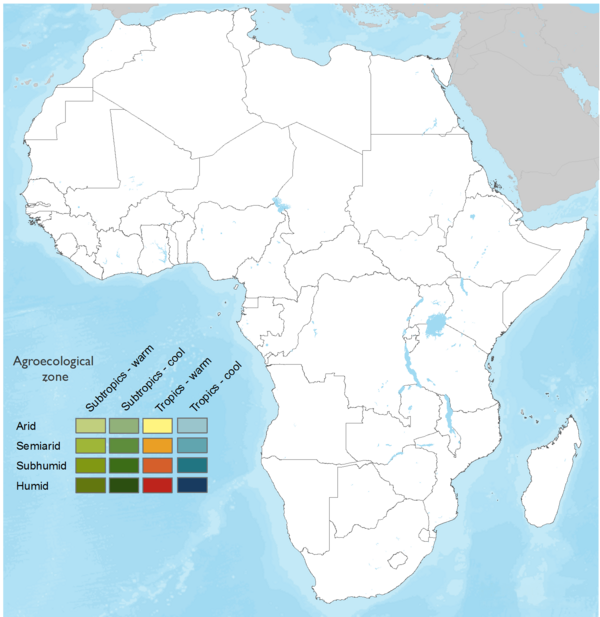


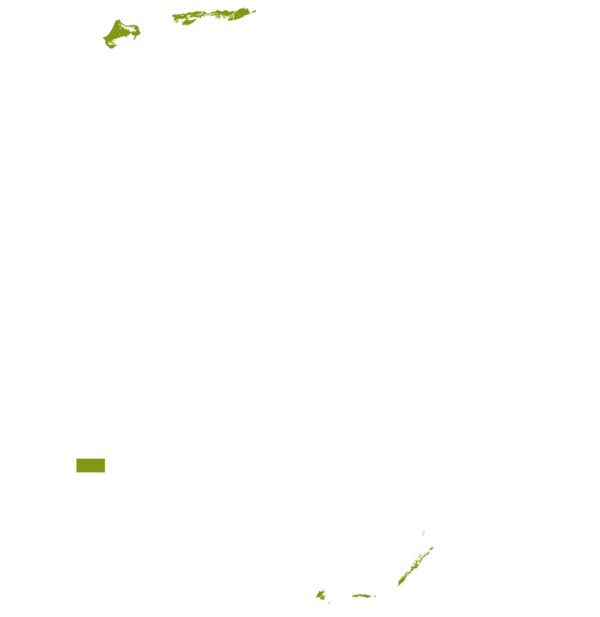


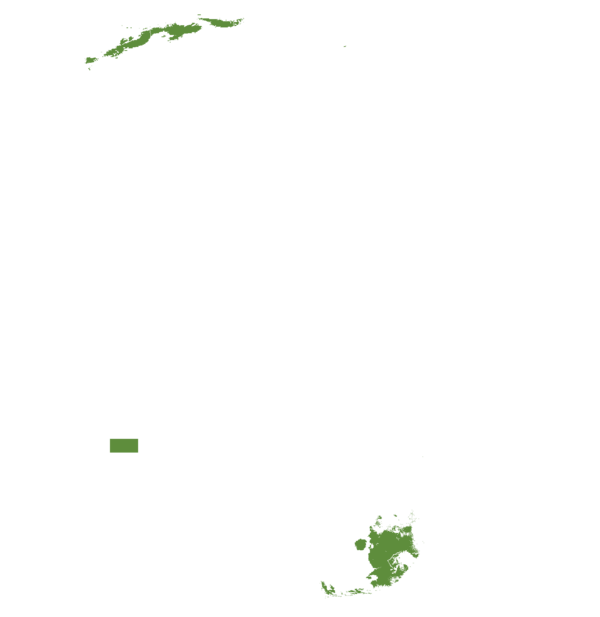
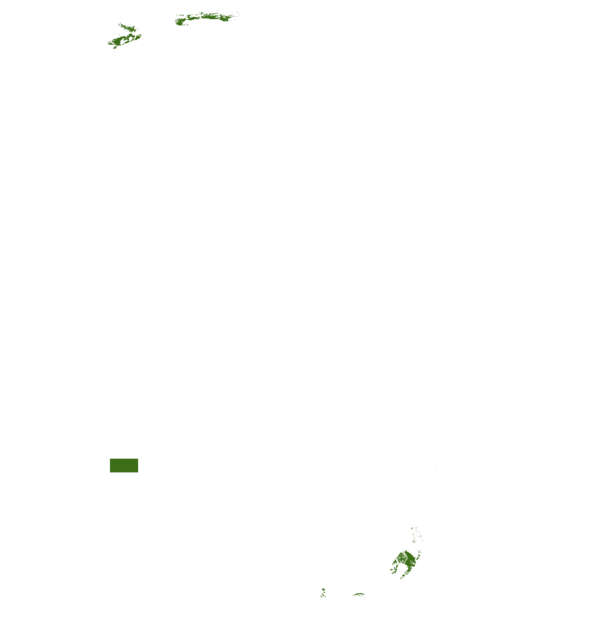


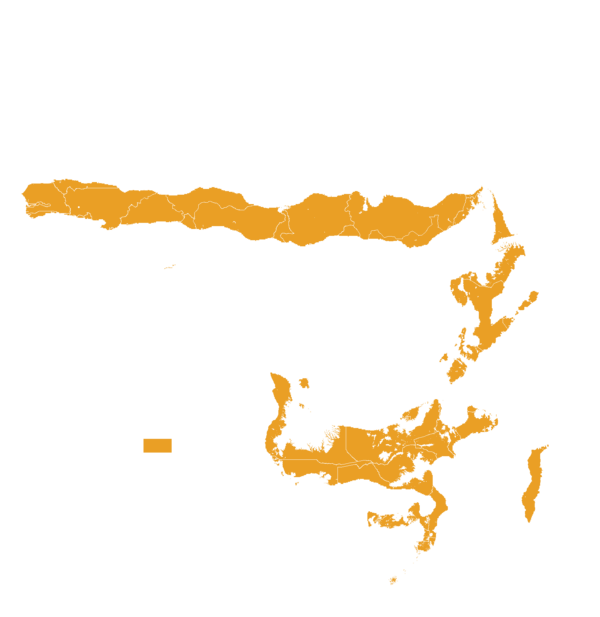
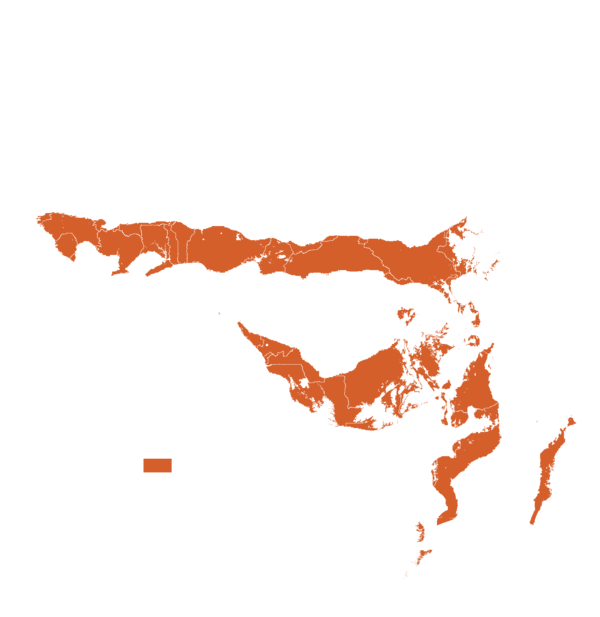

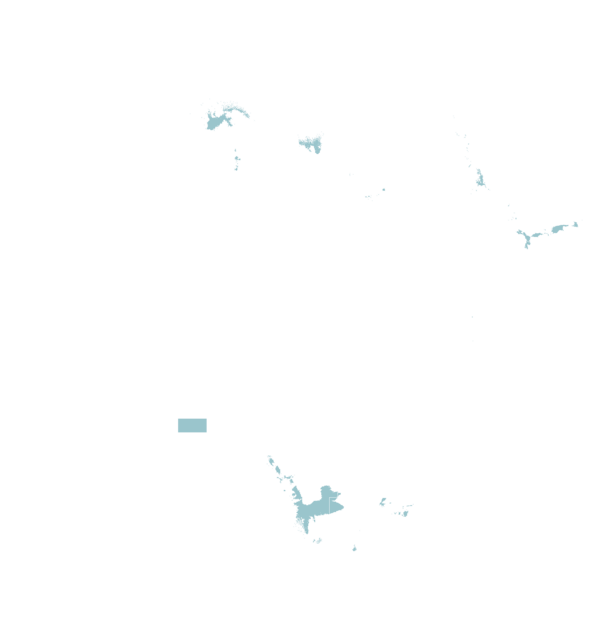

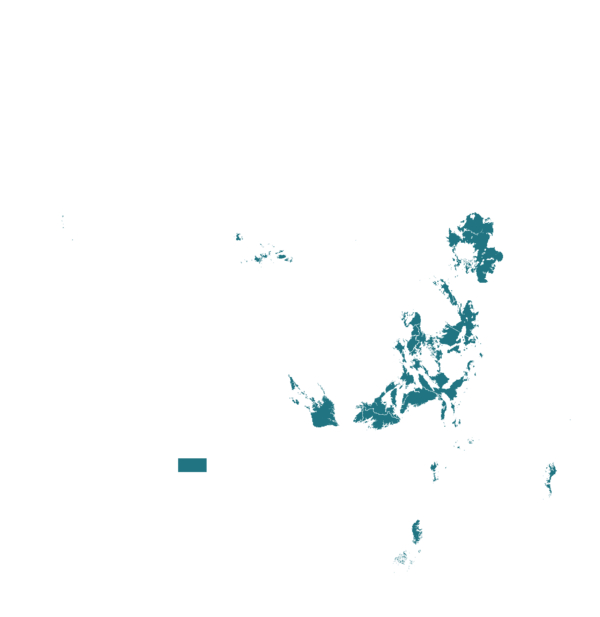
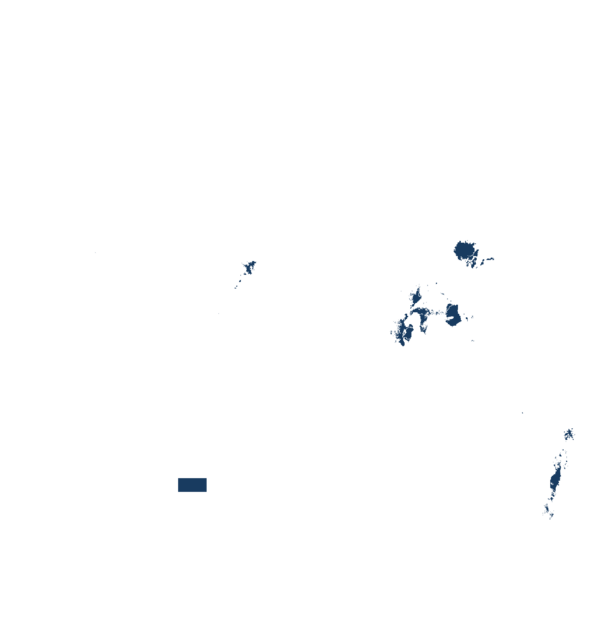
| AEZ | Subtropic - warm | Subtropic - cool | Tropic - warm | Tropic - cool |
|---|---|---|---|---|
| Arid | ||||
| Semiarid | ||||
| Subhumid | ||||
| Humid |
Source: HarvestChoice/IFPRI 2009
The United Nations Sustainable Development Goals that are applicable to this technology.
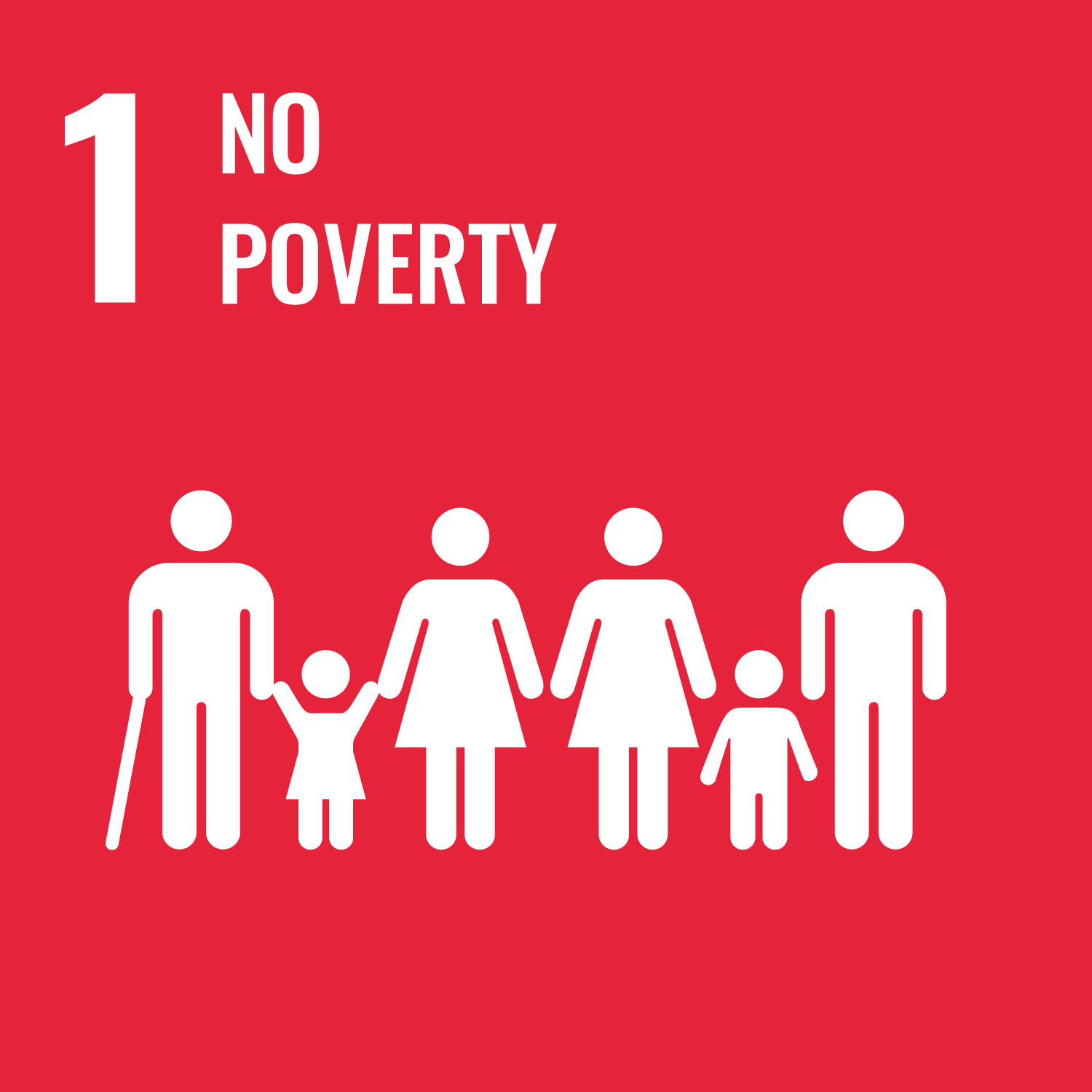
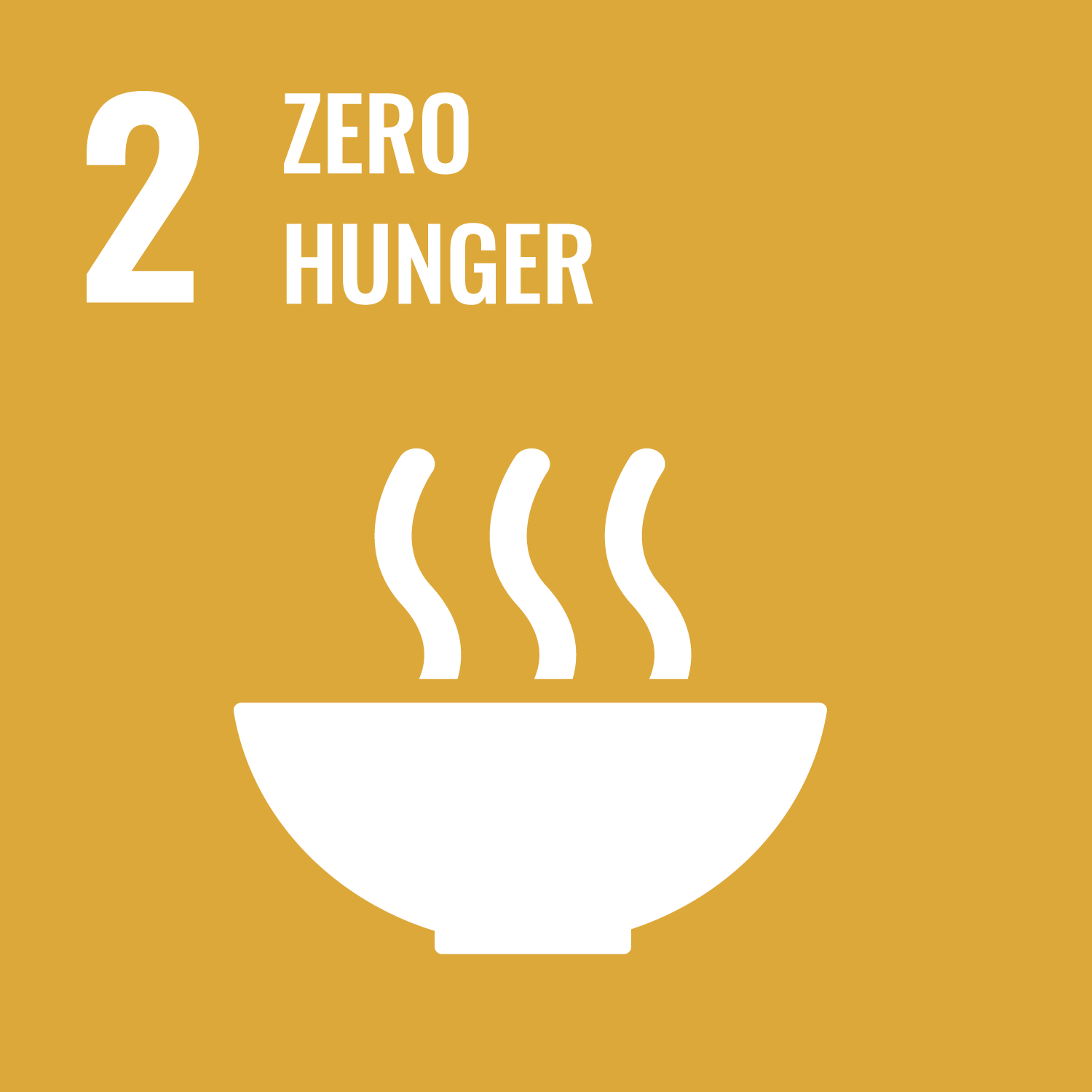
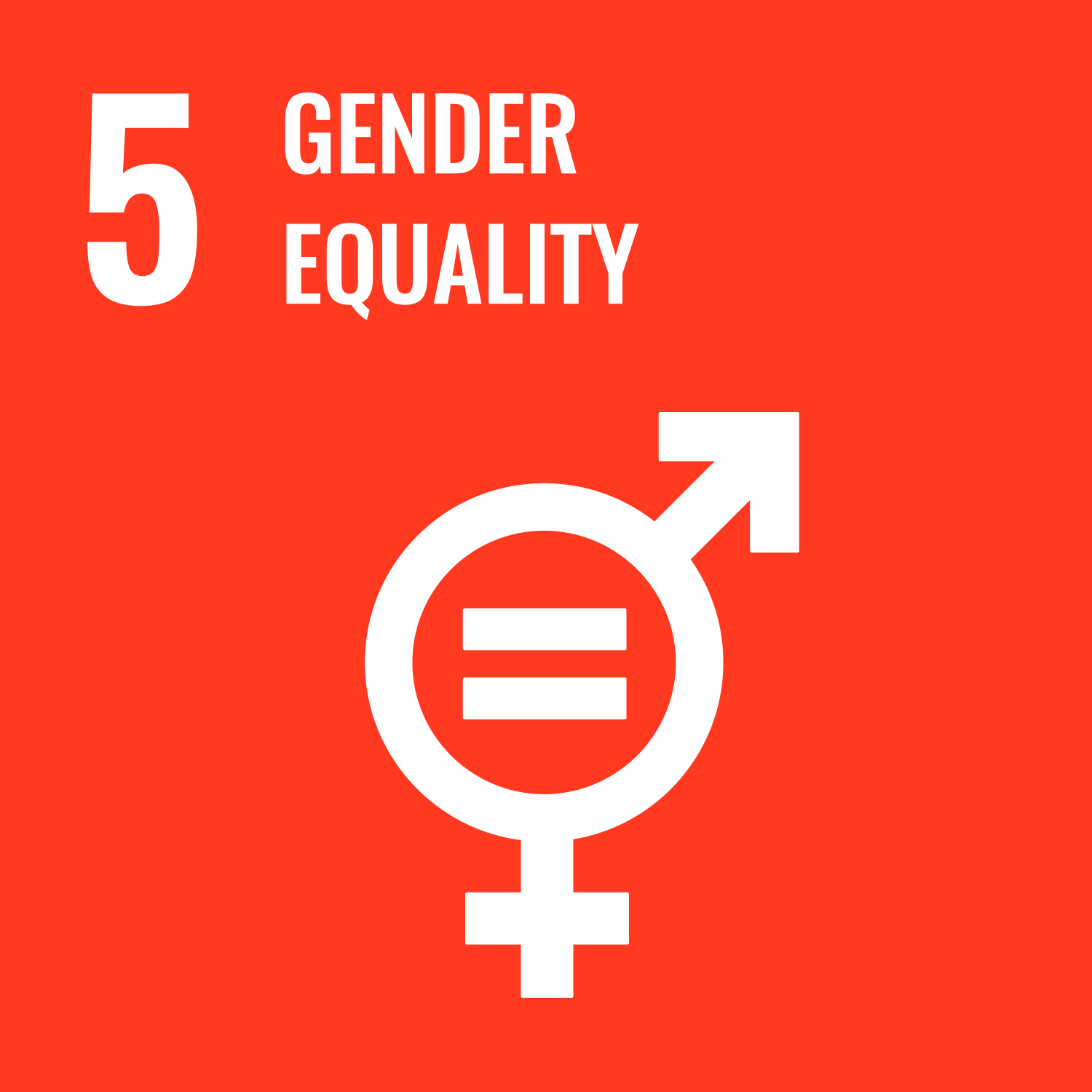
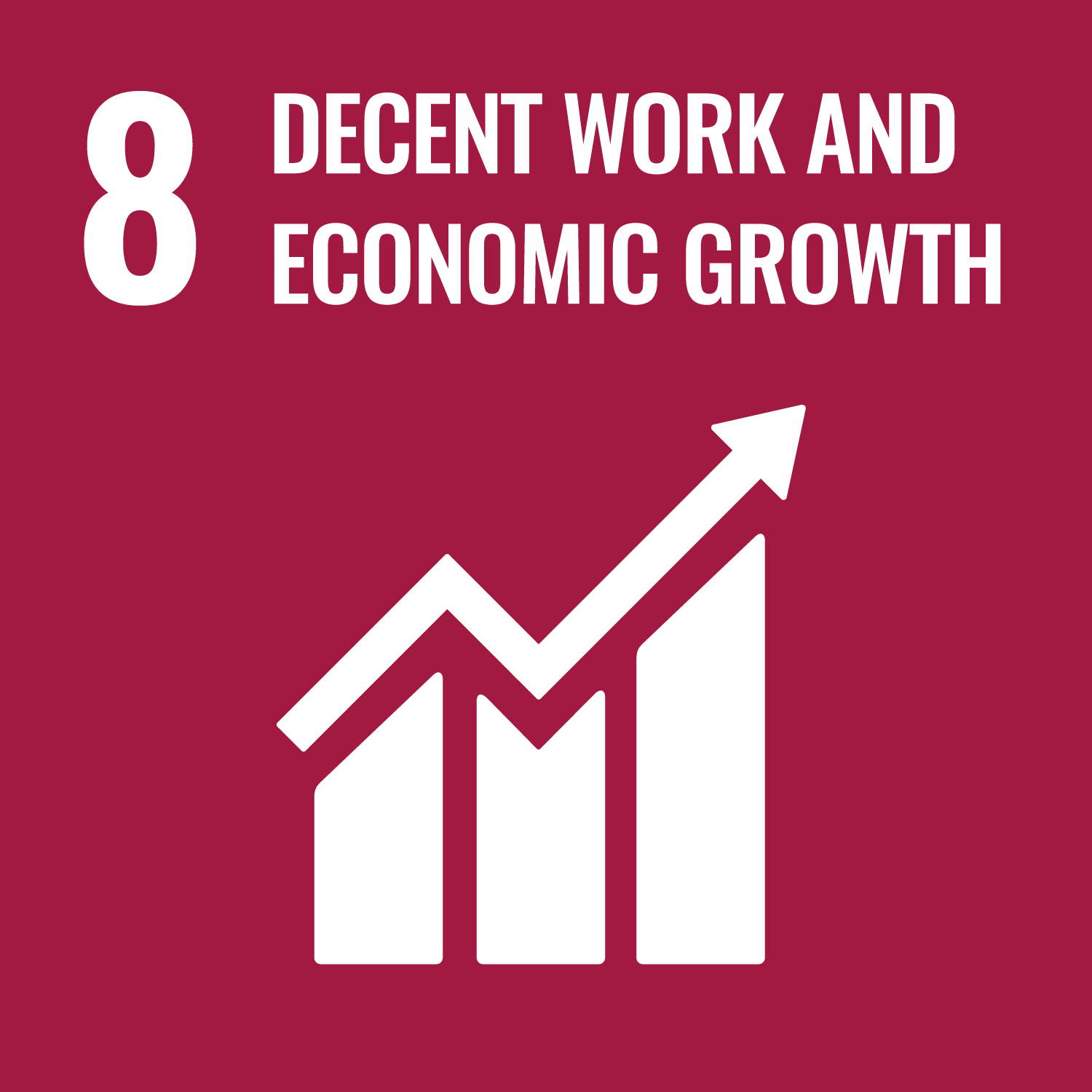
Setup: Place thresher on a level surface near harvest piles.
Preparation: Ensure dry harvest materials.
Feeding: Feed materials into the machine's chute.
Separation: Seeds separate from residues.
Winnowing: Blower removes finer materials.
Collection: Cleaned seeds are bagged.
Safety: Never put hands/tools in chute.
Maintenance: Clean before moving.
Transport: Mount on motorcycle if needed.
Training: Train operators for safe use.
Last updated on 22 May 2024